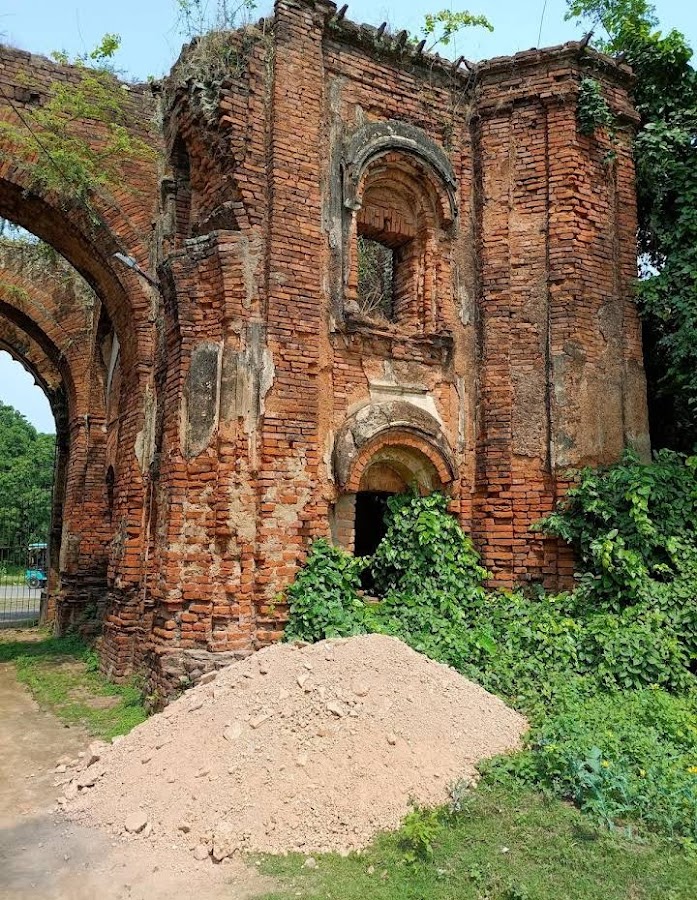
Nimak Haram Deuri (Traitors Gate)
Murshidabad, India
- Explore the ruins of the gate.
- Learn about Mir Jafar's treachery.
- Photograph the historical site.
- Reflect on the Battle of Plassey.
Known for:
Description:
Nimak Haram Deuri, also known as the Traitor's Gate, stands as a stark reminder of a pivotal moment in Bengal's history. Located in Murshidabad, this unassuming gate holds immense significance as the place where Mir Jafar plotted against Siraj-ud-Daulah, the last independent Nawab of Bengal, leading to the Battle of Plassey in 1757. Visiting this site offers a chilling glimpse into the betrayal and intrigue that shaped the destiny of Bengal and subsequently, India. The remnants of the structure serve as a poignant historical marker, prompting reflection on the consequences of treachery and the complexities of power dynamics. While not visually grand, its historical weight makes it a must-see for history enthusiasts visiting Murshidabad.
History:
The history of Nimak Haram Deuri is inextricably linked to the Battle of Plassey. It was within these walls that Mir Jafar, the commander-in-chief of Siraj-ud-Daulah's army, conspired with the British East India Company to overthrow the Nawab. The betrayal at Plassey marked a turning point, paving the way for British dominance in India. The name 'Nimak Haram Deuri' translates to 'Gate of the Traitor', a title bestowed upon it due to Mir Jafar's treacherous actions. The building itself originally served as the residence of Mir Jafar. Today, only ruins remain, but they stand as a powerful symbol of betrayal and the far-reaching consequences of political ambition. The site serves as a cautionary tale, reminding visitors of the fragility of power and the enduring impact of historical events.